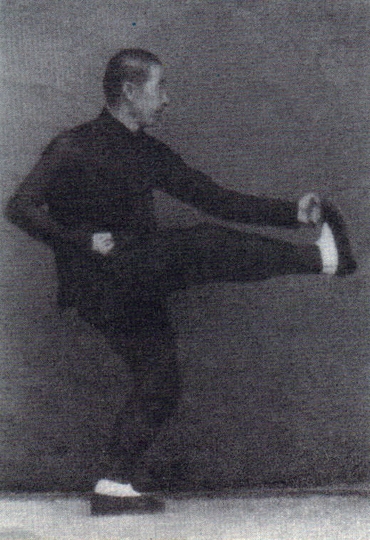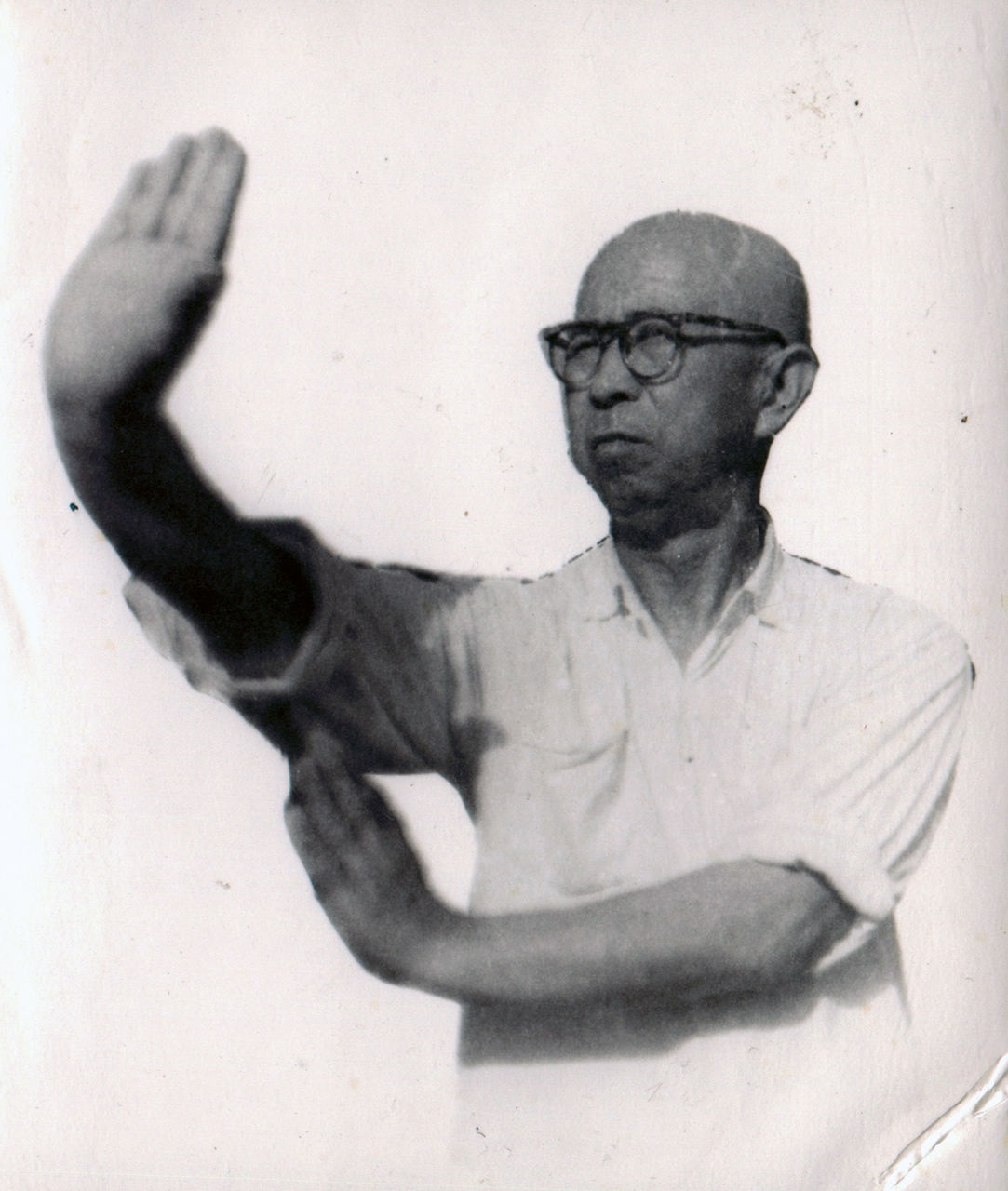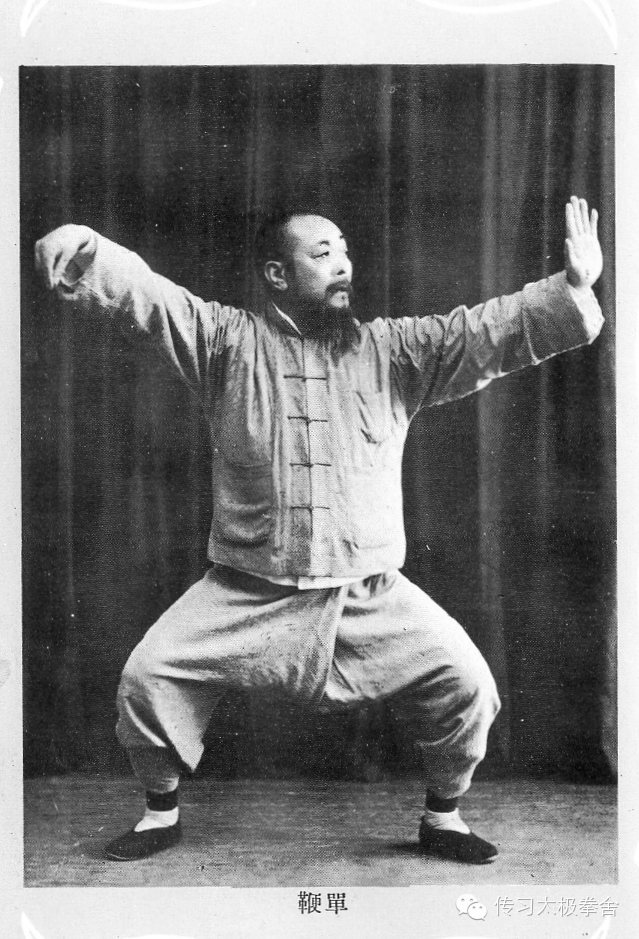
|
Xingyiquan is the hardest of the three classical internal arts, but combines the sitting meditative practices of Daoist and Buddhist traditions with combative movements, into special standing practices called "three bodies posture" (三體式, santishi).
The basics of the system are the five element fists (五行拳, wuxingquan) - five strikes of five vectors that are matched with the five elements of traditional Chinese philosophy, also linked with five organ systems of the body.
These are:
- Chopping (劈拳, piquan) (metal, lungs)
- Crushing (崩拳, bengquan) (wood, liver)
- Drilling (攅拳, zuanquan) (water, kidneys)
- Blasting (炮拳, paoquan) (fire, heart)
- Sidestriking (橫拳, hengquan) (earth, spleen)
After mastering these five techniques, they are then mixed in variations as 12 different animal techniques, which are dragon, tiger, horse, monkey, snake, alligator, flycatcher, chicken, goshawk, swallow, eagle, and bear.
The five elements and 12 animals are also applied to weapons such as the saber, sword, staff, and spear in Hebei lineages of xingyiquan.
Besides, there are also many solo and partner routines that teach the linking and combining of techniques, as well as some additional techniques. Some common routines are:
- Five Elements Linking (五行連環拳, wuxinglianhuanquan)
- Chicken Four Techniques (雞形四把, jixingsiba)
- Mixed Postures (雜式捶, zashichui)
- Eight Forces (八勢, bashi)
In combat, the xingyiquan strategy is to break down barriers and force openings to attack with great power.
|


